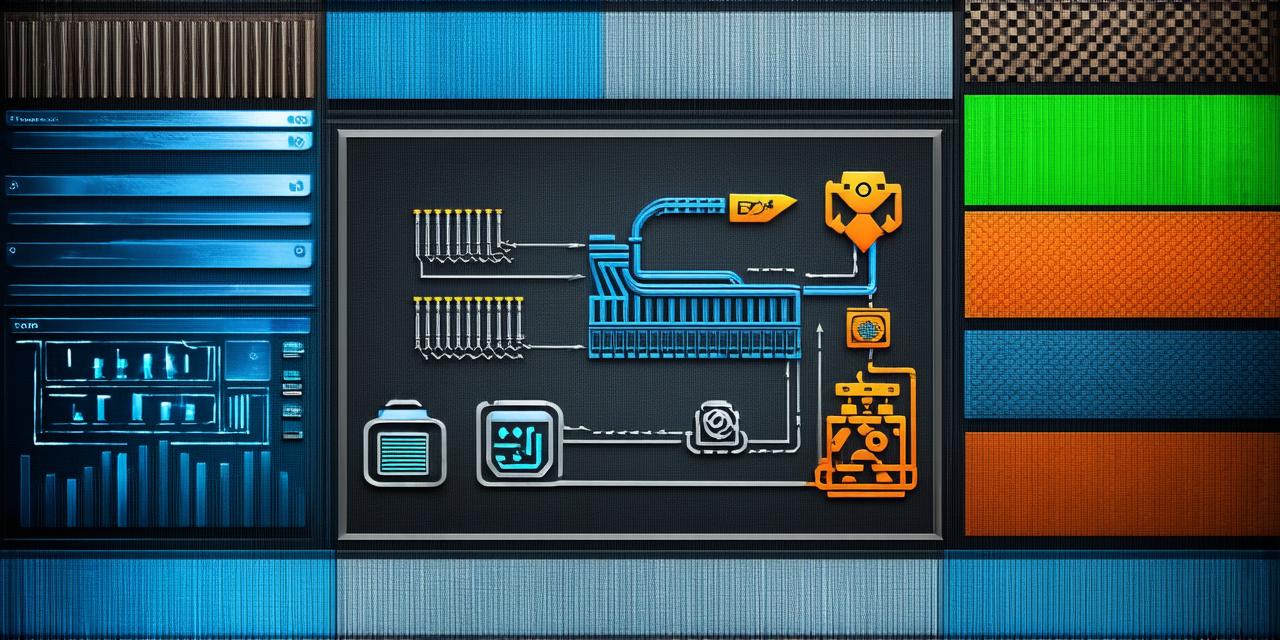How are outsourcing and vertical integration related? can a single firm successfully do both?
Introduction
The concept of outsourcing refers to the practice of outsourcing certain business processes or tasks to third-party providers. This is done with the aim of reducing costs, improving efficiency, and gaining access to specialized expertise. Vertical integration, on the other hand, refers to the process of a company integrating all or part of its production process within its own organization. This can include everything from manufacturing to distribution, marketing, and research and development.
While outsourcing and vertical integration may seem like two completely different concepts, they are in fact closely related. In this article, we will explore the relationship between these two practices and examine whether a single firm can successfully do both. We will also provide case studies and expert opinions to help you better understand how to navigate this complex landscape.
The Benefits of Outsourcing
There are many benefits to outsourcing certain business processes or tasks. One of the main advantages is cost savings. By outsourcing to a third-party provider, companies can often reduce their labor costs and overhead expenses. This can result in significant savings for the business, allowing them to allocate their resources more efficiently.
Another benefit of outsourcing is access to specialized expertise. Outsourcing providers typically have specialized knowledge and experience in specific areas, such as IT, marketing, or customer service. By outsourcing to a provider with this expertise, companies can gain access to this knowledge without having to invest heavily in training their own employees.
Outsourcing can also help to improve efficiency. By delegating certain tasks to an outsourcing provider, companies can free up their internal resources and focus on more core business activities. This can result in increased productivity and faster turnaround times for products or services.
The Benefits of Vertical Integration
Vertical integration is another practice that can bring many benefits to a company. By integrating all or part of its production process within its own organization, companies can gain greater control over their operations and reduce their reliance on third-party providers.
One of the main advantages of vertical integration is improved quality control. When a company controls all aspects of the production process, it has greater visibility into the entire process and can more easily identify and address any issues that arise. This can result in higher-quality products and services for customers.
Vertical integration can also help to improve efficiency. By bringing all aspects of production under one roof, companies can streamline their operations and reduce waste. This can result in faster turnaround times for products or services and lower costs for the business.
The Risks of Outsourcing and Vertical Integration
While outsourcing and vertical integration can both bring many benefits to a company, they also come with certain risks. One of the main risks associated with outsourcing is lack of control. When a company outsources certain tasks to a third-party provider, it may lose some degree of control over those operations. This can make it difficult for the company to ensure that its own standards and quality control measures are being met.
Another risk associated with outsourcing is the potential for data breaches or intellectual property theft. When a company outsources certain tasks, it may be working with third-party providers who have access to sensitive information about the business. This can make it more difficult for the company to protect its intellectual property and safeguard its confidential information.
The risks associated with vertical integration are similar to those associated with outsourcing. One of the main risks is lack of flexibility. When a company vertically integrates certain aspects of production, it may become less able to respond quickly to changes in market demand or customer preferences. This can result in slower turnaround times for products or services and reduced competitiveness in the marketplace.
The Risks of Doing Both

While outsourcing and vertical integration can both bring many benefits, they also come with certain risks. The risks associated with doing both are similar to those associated with each practice, but there are some additional factors that need to be considered when a company decides to do both.
